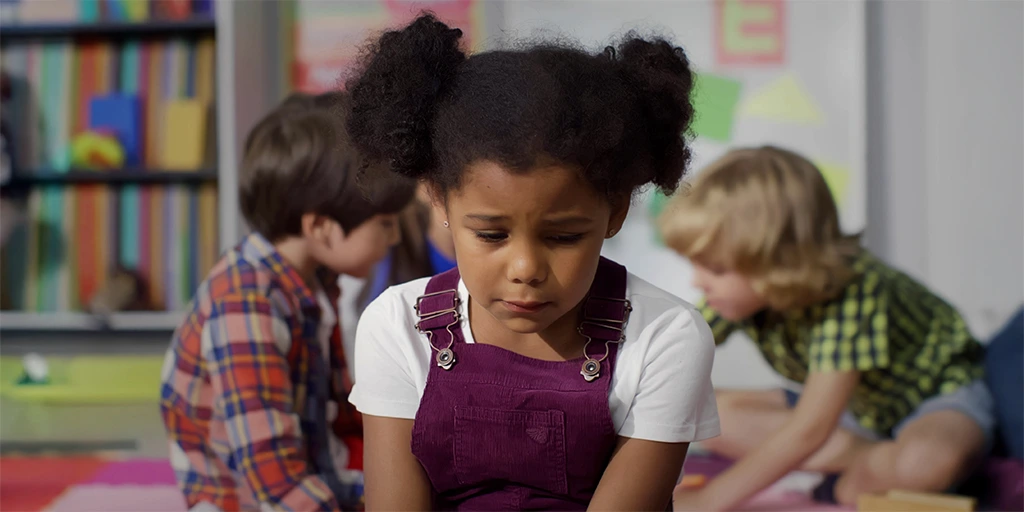Essential Autism Facts for Parents and Educators
Updated on June 12, 2025 Listen to the PodcastAutism is a neurodevelopmental condition that can affect everything from one’s language to motor skills to coordination, and more. People with autism see and experience the world a bit differently, which is why the way we go about understanding them needs to be adapted as well. Without a grasp of the basics of autism, parents and educators alike may misinterpret an autistic child’s communication, emotions, or behavior. But by having a parent or teacher who ‘gets’ them, it can make all the difference in that child’s wellbeing and development.
What Is Autism?
The official name for autism is autism spectrum disorder (ASD), with “spectrum” being a key word. Autistic people demonstrate a wide variation of behaviors, and so require different levels of care. Experts have defined three levels of autism to categorize individuals on the spectrum and determine appropriate support strategies. After all, no two autistic people are exactly alike.
What we know about autism is also constantly evolving, and experts are continuing to discover new behavioral connections to autism. For instance, as of 2013, Asperger’s syndrome is now considered part of ASD.

Early Signs of Autism
Signs of autism can appear in children as early as one year old. But the signs are sometimes hard to detect at home, where the environment is calm and familiar. However, the hectic nature of a classroom or kindergarten can bring them out, so it’s essential to also be familiar with autism facts for educators. There are three basic categories of autistic behavior: social, communication, and sensory.
Social Aspects of Autism
Autistic children can show signs of being socially detached early on. By nine months, autistic children may not respond to their name or display facial expressions. They tend to avoid eye contact and don’t take part in silly games like peekaboo or patty cake.
As they get older, you might notice more signs. These include a disinterest in dressing up, performing (singing or dancing) or playing games with other kids. Autistic children also often ignore the emotions of the people around them.

Communication Differences
Some people with autism can hold conversations to an extent, while approximately 30% cannot communicate in regular ways. A sign of communication challenges in autistic infants is the absence of gestures by 12 months.
Bigger kids will also show certain communication traits. These include echolalia, which is a tendency to repeat the words said by others. Autistic people might also show literal thinking in that they don’t understand the actual meaning of what you are saying. For example, you might ask “can you close the door?”, and an autistic person will say “yes” but not close the door.
Fortunately, there are many ways to support communication with autistic people. These include:
- Adapting the way you talk to them
- Getting a child to use visual tools like pictures
- Using augmentative and alternative communication (AAC) devices (communication boards, apps, and tablets)
Sensory Issues in Autism
Hypersensitivity and hyposensitivity (i.e. too sensitive or not sensitive enough) to light, sound, textures, and movement is also a sign of autism. In an over-stimulated environment, or even in a place that is not familiar, autistic people might feel irritated or have a meltdown. At home, you can enhance the comfort level by figuring out which environmental triggers are relevant to your child and reducing/eliminating them. In the classroom, it’s more challenging to accommodate everyone, but common strategies include avoiding drastic changes and setting up an area where kids can go when they feel overloaded.
Learning and Behavioral Support
Teaching autistic children can take place in a school or at home. In either case, there are many things that you can do to avoid crises while strengthening their skills, such as:
Structured Routines
Autistic people prefer having days with no surprises. To support their preference for regularity, you should post a daily or weekly schedule showing what they can expect to do that day. Make sure that there are also some breaks to avoid exhaustion.
Visual Schedules
Display the schedule both in words and visually by using an intuitive set of pictures to illustrate the activity.
Alternative Learning Methods
There are essentially four styles of learning and communication. To help an autistic person in the classroom, try to determine which styles they prefer and adjust the lessons accordingly.

AngelSense for Safety and Independence
The goal of autism awareness for teachers and parents is to improve a child’s abilities and minimize unfortunate events. An effective way to achieve both goals is with the AngelSense GPS tracking device. It allows you to locate anybody who has wandered, as often happens with autistic elopement.
By using AngelSense, you will feel more at ease when letting an autistic child go out on their own, and yet have relative peace of mind if something goes wrong. More than that, AngelSense provides an alternative communication method. It even serves as an automatic assistive speakerphone that allows a parent to calm and assist their child from a distance, which is particularly helpful for non-verbal children.
Greater Awareness Means Greater Support
Learning about autism is a process and a journey, as we in the autism community continue to learn new things all the time. Understanding your child’s unique challenges and effective support methods can greatly improve daily life for everyone involved. Along with patience, adaptability, and the right tools, taking care of an autistic child can be a truly rewarding experience for all of those involved.
Get peace of mind from AngelSense, the groundbreaking AI-based assistive technology designed to enhance safety and peace of mind for individuals with special needs and their families. Our solution ensures you stay connected with your loved ones, empowering a higher level of independence while maintaining safety. Learn more about how AngelSense can make a difference for your family.

